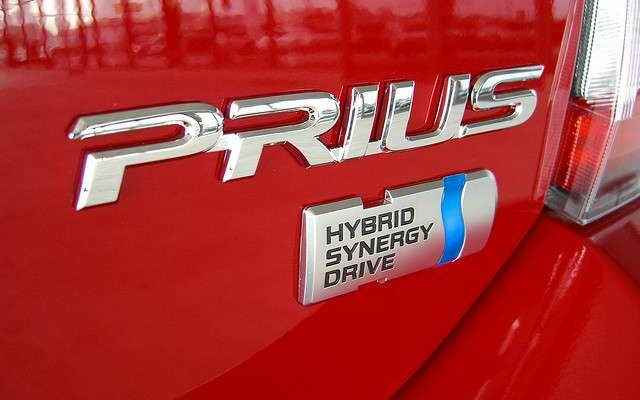A hybrid vehicle is a vehicle that uses two or more sources ofenergy different to move. Generally, we denote by car hybrid a car that uses fuel and electricity to move by means of two motors: one thermal, the other electric.
From a certain point of view, the hydrogen cars can be considered hybrid vehicles. They use the dihydrogen from their Fuel cell as a source of chemical energy to power a battery and an electric motor.
Types of hybridization
There are several degrees of hybridization depending on the importance of the electrical system in the locomotion of the vehicle.
From the lowest degree of hybridization to the highest, we are talking about:
- Start & Stop micro-hybrid;
- semi-hybrid;
- full hybrid;
- plug-in hybrid.
micro-hybrid cars
The micro-hybrid vehicles are equipped with the Start & Stop system. This system ensures the automatic starting and stopping of the thermal motor during shutdown phases. This saves fuel and reduces emissions of pollutants (CO2, gas exhaust) and noise during multiple stops and starts of urban traffic (traffic lights, traffic jams, etc.).
Semi-hybrids
Semi-hybrid machines are variants based on the Start & Stop system, which also use electricity to power other systems. Lighting and on-board devices, among other things, thus benefit from the electricity stored in the vehicle’s battery, which is itself recharged by the internal combustion engine and the braking phases.
The semi-hybrid differs from the simple Start & Stop in the assistance of the combustion engine by an electric motor. This provides extra power during the start-up, acceleration and recovery phases.
The full hybrid
Full hybrids are the best known hybrid cars, with the Toyota Prius as their symbol. These vehicles are equipped with two combined engines, thermal and electric. Electricity is produced by the combustion engine, but also by the regenerative braking : when the vehicle brakes, the wheels drive the electric motor which works like a generator. The energy produced is stored in a battery.
Plug-in hybrid
Finally, plug-in hybrids are a variant of the full hybrid model. Their specificity is to allow the vehicle’s battery to be recharged when stationary using a power outlet. This type of vehicle is therefore capable of operating in all-electric mode independently of the internal combustion engine, at least over short distances.
The different functions of the hybrid car
Depending on its degree of hybridization, a hybrid car goes through different operating phases:
- when stationary, the two motors stop and no longer consume energy (Start & Stop and beyond). The battery is recharged at an electrical terminal (rechargeable hybrid);
- on start-up, the electric motor causes the heat engine to start (Start & Stop and beyond);
- low speedthe electric motor replaces the heat engine and the vehicle switches to all-electric mode as long as the battery allows (full hybrid and beyond);
- during episodes of acceleration and pick-up, the electric motor provides assistance to the internal combustion engine (semi-hybrid and beyond);
- at high speed and during strong acceleration, the internal combustion engine ensures the locomotion of the vehicle (all models);
- during the braking phases, the regenerative braking acts as an engine brake and recharges the battery (semi-hybrid and above).
Benefits of hybrid cars for the environment
Hybrid cars, in particular plug-in hybrids, therefore have the particularity of taking advantage of theautonomy and the fuel distribution network of conventional cars while emitting less CO2 and pollutants, or even occasionally going without fuel.
Engine hybridization is therefore part of the solution to the transition to clean vehicles that are independent of fossil fuels.
You will also be interested
Interested in what you just read?
